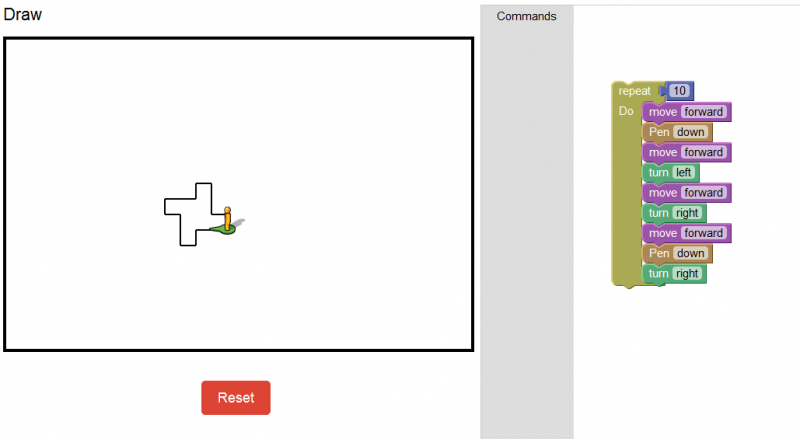Having spend the last ten years teaching students mathematical notation (while simultaneously teaching the mathematical concepts described by these symbols), I have often reflected on how efficient and amazing it is, and how unfortunately broken it often is.
Some notation shows off some of the power of mathematical thinking (for example, algebra), but some notation has clearly not been designed for clarity. In fact, my suspicion is that much of mathematical notation has been invented to save space.
Of course, a reason why one might one want to save space with mathematical symbols is because paper used to be expensive but I suspect this is not the main reason mathematical symbols are so tightly packed with information. It is also time-consuming to use more clear mathematical notation, and mathematicians love to be concise. In fact, I have often noticed that mathematicians often equate the length of a mathematical proof with its elegance, which over time may have supplied pressure to reduce the notation used to describe these proofs. A few mathematicians have contributed heavily to mathematical notation, most notably Leonard Euler, and these few mathematician’s desire for brevity has defined the notation we use today to communication mathematics.
Look at sigma notation for example. What does the letter sigma from the Greek alphabet have to do with finding sums of things? Absolutely nothing as far as I can tell. According to Dave Radcliffe, Sigma (∑) is short for summa (probably because they start with the same sound), which is the Latin for sum. Euler invented the symbol to use for summation, and we’ve been using it ever since. Essentially, we are using ∑ to mean sum for historical reasons.

The portion of this equation to the left of the leftmost equals sign is summation notation, which I have taught for years. I usually have to spend a class, sometimes two, explaining this specific set of notation. The brevity of the summation notation contributes little to the comprehensibility of this statement. It is essentially equivalent to the following:
Summation (i, 3, 6, i2) = 32 + 42 + 52 + 62 = 86
Unfortunately this notation requires us to memorize the order of the parameters in the summation function, but this is functionally the same as the previous notation, except one more piece of information is given to us; we know we will be doing a sum of some kind without having to memorize the meaning of sigma. With some work, we may be able to improve upon this notation more, and provide even more clarity.
Summation (index: i, start: 3, end: 6, function: i2) = 32 + 42 + 52 + 62 = 86
This notation is somewhat more clear the second option I suggested, since the parameters are defined within the notation. It is significantly longer to write than the original notation (takes up twice as much space) but it has a huge benefit of being significantly clearer. Further, one could imagine that if I were entering this notation into a computer, that the autocomplete function (which is common to code editors) could suggest parameters for me, as well as show me the definition of the parameter as I enter it. Finally, this notation is similar to how we define functions in computer programming (in some languages), and so when we teach mathematical notation, we will also be giving our students some ability to read computer programming code.
This issue about notation is not a trivial concern. The notation used to explain mathematical ideas is often a barrier to some students learning how to communicate mathematical ideas. Quite often students (and sometimes teachers) confuse learning notation for learning mathematics.
Furthermore, notation which is excellent on paper may be somewhat less useful on a computer. I have spent many hours looking for solutions to make adding mathematical symbols to websites more convenient and have discovered that there is no easy way to do this. Every method has drawbacks, and no method is as convenient as adding the same symbols to paper. My conclusion in terms of using mathematical notation with computers is that one of two things (or both) will happen. Computers will develop more touch senstitive interfaces, and software developers will create software that recognize the current mathematical symbols, or we will start to change mathematical notation to be more easily inputted into a computer.
The one huge advantage of our current notation is that it is somewhat universal. Essentially the same notation is used around the world, and by choosing a more amateur friendly notation, we will be creating localized versions of the notation for each language which is obviously problematic. In a computer, this is easily resolved by making the names of mathematical objects translatable so that whomever is viewing a mathematical document can select their language of choice. In print, this is more of an issue, and so we should reluctantly continue to use our existing notation until we have more fully transitioned from our traditional print medium, but the more we use computers to communicate mathematics, the more likely it is that we should fix mathematical notation.
Update:
Here are a couple of critiques of this post:





